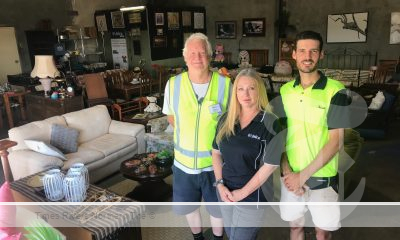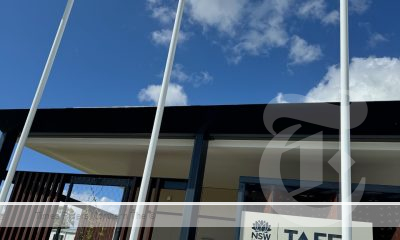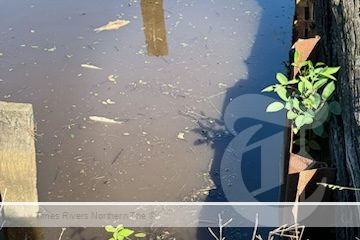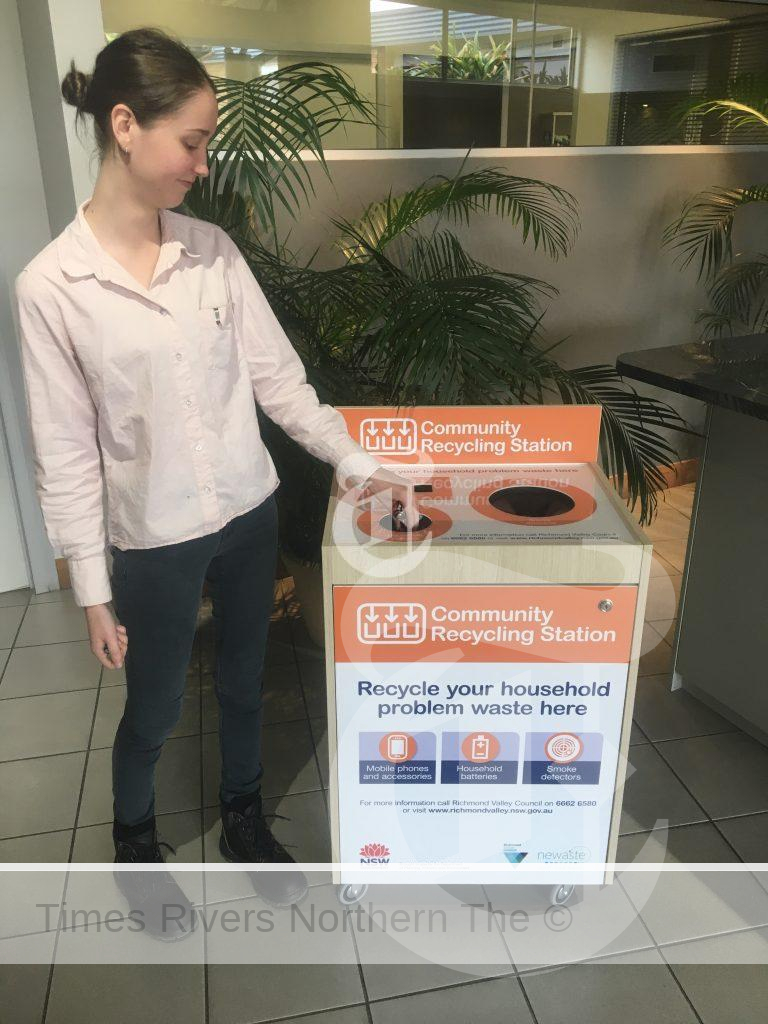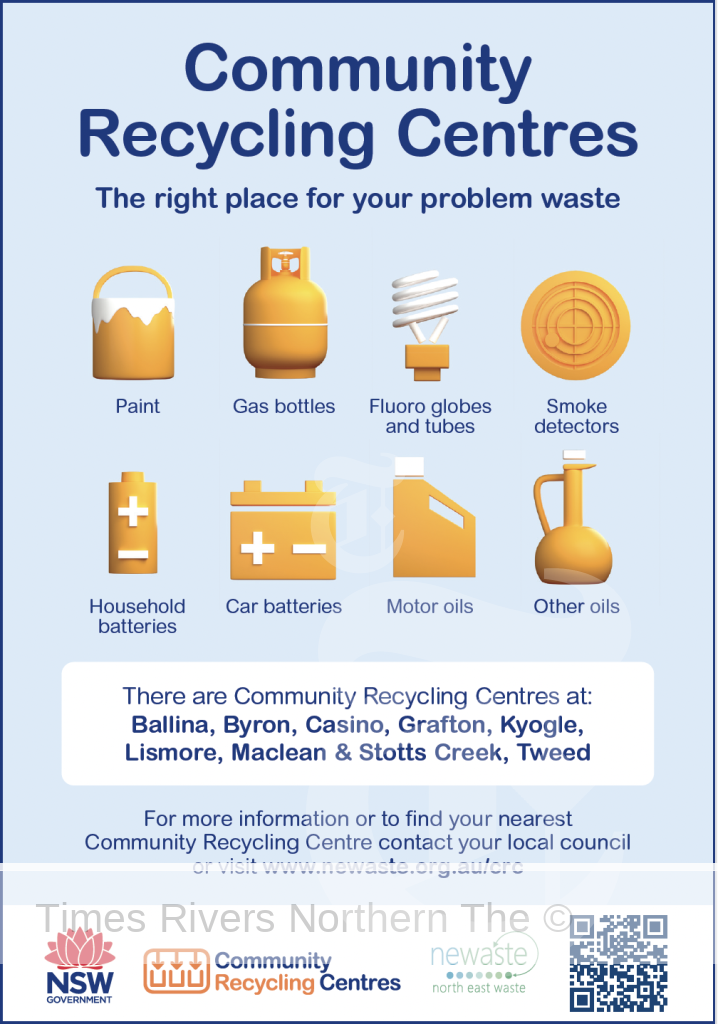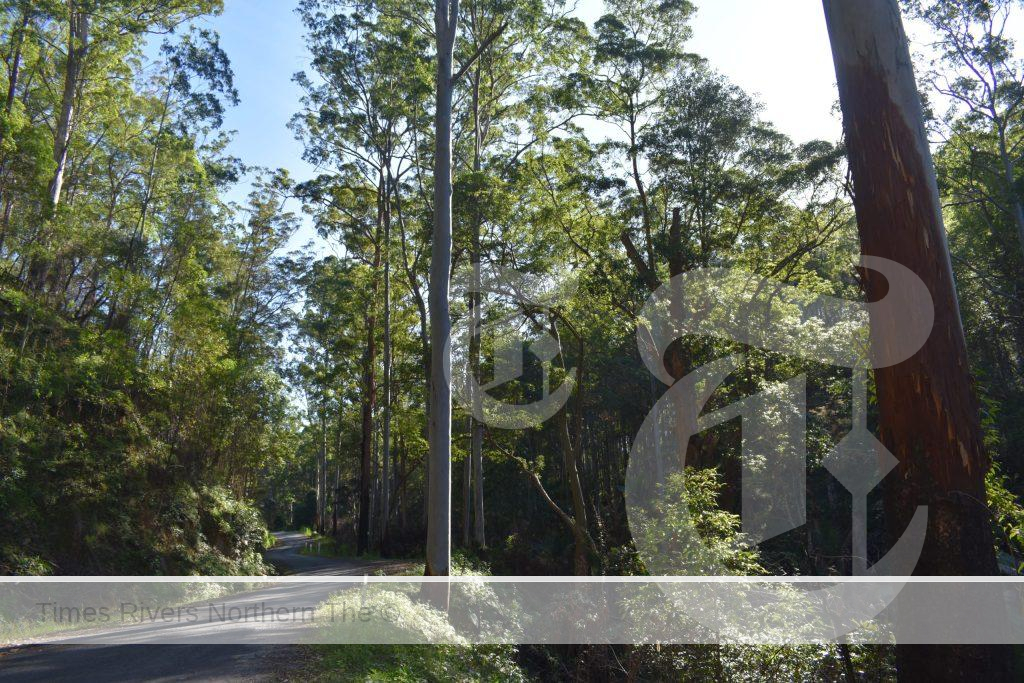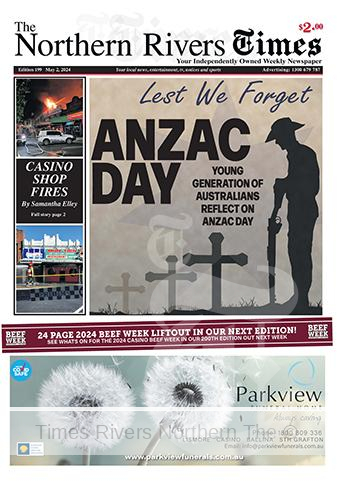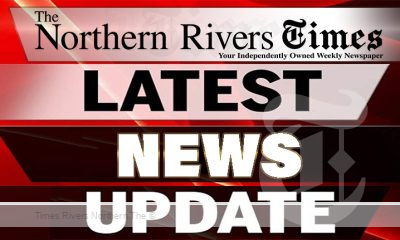Wind and solar remain the lowest cost new build electricity generation sources despite inflationary pressures
Renewables, led by wind and solar, have retained their position as Australia’s cheapest new-build electricity generation despite a 20 per cent average rise in technology costs, according to the latest GenCost report.
Released today by CSIRO, Australia’s national science agency, the 2022-23 report marks the first time that all technology costs have increased from the previous year since GenCost commenced in 2018.
The report highlights industry concerns that the rapid pace of the global energy transition will contribute to escalating cost pressures.
Advertisements

This is attributed to the immense scale of manufacturing, raw materials and labour required to develop and deploy clean energy technologies consistent with net zero goals.
GenCost modelling projects that technology cost pressures felt in Australia will revert to normal levels by 2027 but are delayed to 2030 in global scenarios where the speed of the energy transition is highest.
GenCost is an annual collaboration between CSIRO and the Australian Energy Market Operator (AEMO) that actively consults industry stakeholders to revise domestic electricity generation and storage, as well as hydrogen production costs.
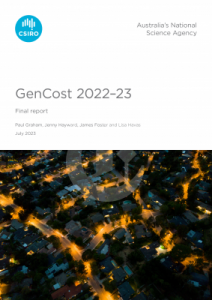
CSIRO’s Director of Energy, Dr Dietmar Tourbier, said GenCost’s rigorous scientific and engineering analysis represents Australia’s most comprehensive projection of electricity generation costs.
“Australia’s energy challenge lies in the transformation of our existing energy system, while ensuring the continuing delivery of sustainable, reliable and affordable energy as we strive to achieve net-zero emissions by 2050,” Dr Tourbier said.
“This imperative is not only essential for environmental stewardship, but also to maintain Australia’s economic competitiveness in the global market,” Dr Tourbier said.
CSIRO’s Chief Energy Economist and GenCost lead author, Paul Graham, said that the COVID-19 pandemic had resulted in lingering global supply chain constraints which impacted the prices of raw materials required in technology manufacturing as well as freight costs.
The Ukraine war exacerbated the global supply chain inflationary pressures by raising energy input costs for all industries.
“During the recovery from these global events, various input costs are showing signs of moderation, however there is an expected delay due to future price uncertainties and the robust demand associated with the global energy transition,” Mr Graham said.
“GenCost analysis anticipates that technology costs have mostly peaked and the risk of cost pressures extending beyond 2030 will be mitigated, as the global manufacturing capability established by that time will adequately meet deployment needs.”
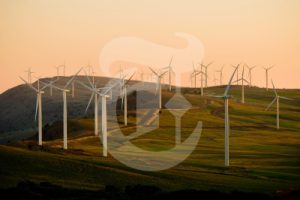
The updated analyses also found that:
- Technology cost rises were not uniform due to variations in material inputs and exposure to freight prices
- Globally, renewables led by wind and solar are the fastest growing energy source
- Batteries are set to play a crucial role in supporting both variable renewable generation in the electricity sector and the rapid expansion of electric vehicle deployment in transport.
AEMO’s Executive General Manager – System Design, Ms Merryn York, said collaborating with CSIRO to deliver GenCost, which is Australia’s most comprehensive generation cost projection report, is an important input for the transition to net zero in the energy sector.
“As coal fired power generation leaves Australia’s grids, we need investment in generation to fill those gaps,” Ms York said.
“And as more variable renewables delivers our energy for consumers and decarbonisation, we need investment in firming – which is on-demand energy to smooth out the peaks and troughs from renewable generation.
“GenCost is important data for AEMO to plan the least-cost investments needed to fill the gaps from coal generation that is reaching end of life.
“This is important to deliver the transition while maintaining reliable, secure and affordable energy supply for consumers,” she said.
For more environmental news, click here.
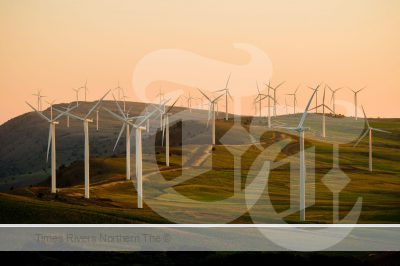

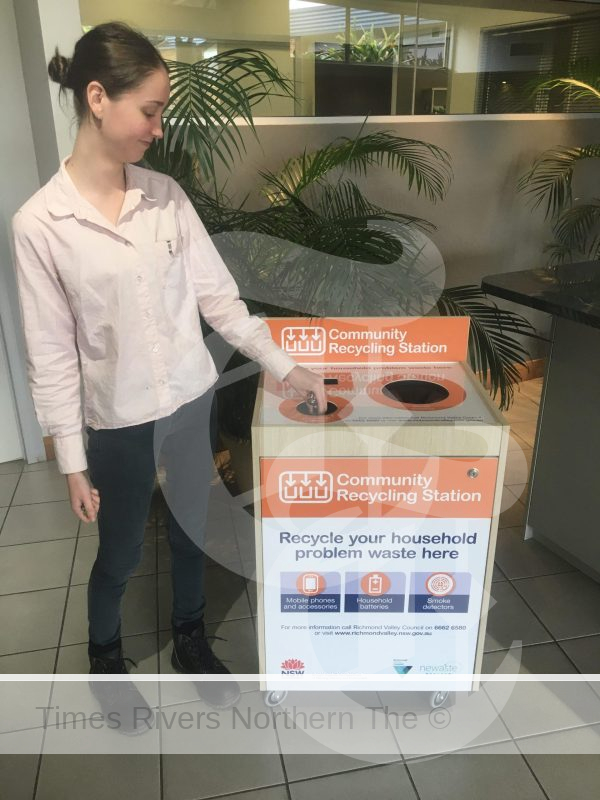
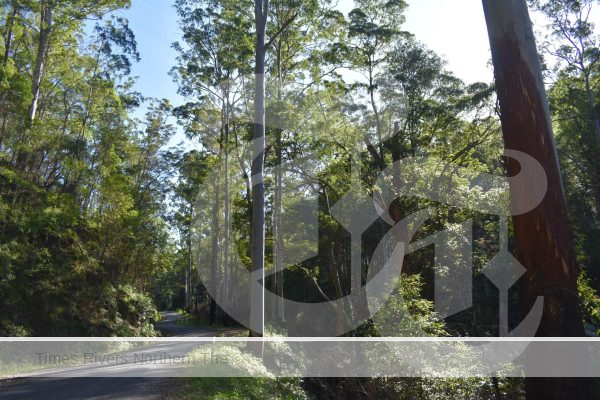

 Tweed Shire News2 years ago
Tweed Shire News2 years ago
 Motoring News1 year ago
Motoring News1 year ago
 COVID-19 Northern Rivers News3 years ago
COVID-19 Northern Rivers News3 years ago
 COVID-19 Northern Rivers News3 years ago
COVID-19 Northern Rivers News3 years ago
 Northern Rivers Local News3 years ago
Northern Rivers Local News3 years ago
 Health News3 years ago
Health News3 years ago
 COVID-19 Northern Rivers News3 years ago
COVID-19 Northern Rivers News3 years ago
 NSW Breaking News3 years ago
NSW Breaking News3 years ago



















